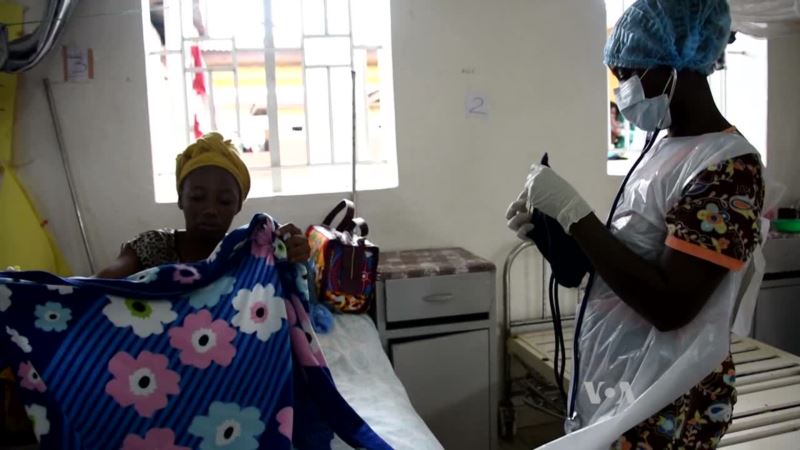Scientists are investigating new ways of treating people with liver cancer. The methods range from developing an artificial liver, to seeing if genetically-modified pigs can produce organs compatible with humans. For those who have liver cancer, their only cure lies in a liver transplant or removal of the cancerous part of the organ. Both require major surgery. And, patients who get a transplant will need to take immuno-suppressant drugs for the rest of their lives. However, scientists are working on a new approach that is minimally invasive. With both chemotherapy and radiation, healthy cells around the tumor are damaged. But this approach involves the use of natural, non-toxic chemical compounds from plants. Kattesh Katti, a professor at the University of Missouri School of Medicine, led a study that used nanotechnology to target and destroy precancerous tumor cells in the livers of mice and in in-vitro human cells. “It sounds like a fairy tale, but we are really in advanced stages in terms of tumor treatment, in terms of disease diagnostics," said Katti. Katti's work involved very small particles of gold encapsulated in a protective stabilizer from an acacia tree. The particles attract precancerous and malignant cells, which are far more susceptible to lower levels of heat than healthy cells. “The patient will be administered with these nano particles. Within a couple of hours, the patient will be treated with lasers, and then the patient can go home. So, there is no radioactivity. There is no toxic waste. There is no toxicity, systemic toxicity, to the patient,” said Katti. Katti said the cost of treatment will be low because one gram of gold can be used to treat 50 patients, and what's more, Katti says this type of treatment could be used for other types of cancer, arthritis and other debilitating diseases. The next step is a clinical trial in humans. Should this technique work, it will be good news for the nearly 800,000 people who are diagnosed with liver cancer each year and it could help save the lives of some 700,000 people who die each year from the disease.
Researchers Investigate New Treatments for Leading Cancers






